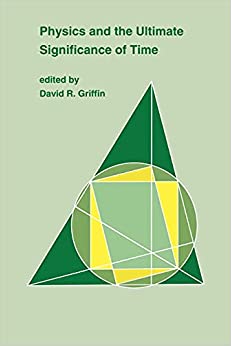The energy required to move an object a distance x while exerting a constant force F is E = Fx. Suppose that you have two magnets and a wire. One magnet is attached to the end of the wire and the other can slide along the wire. If the magnets are arranged so that they repel each other, then it will require force to push the movable magnet toward the fixed magnet. The amount of force needed to move the magnet increases as the two get closer together. In fact, the force at a distance d is proportional to 1/ d- . Using a constant of proportionality & between the force and distance , write a definite integral that gives the energy required to move the magnet from 5 cm away to 3 cm away in Joules (kg.m*/s*), and evaluate the integral (your answer will depend on #). b. Evaluate the integral and explain the meaning of your result. c. Describe the meaning of each factor of your integral and give the units it is measured in. 5. An exponential model for the density of the earth's atmosphere says that if the temperature of the atmosphere were constant, then the density of the air as a function of height, h (in meters). above the surface of the earth would be given by 5(h) = 1.28e-90134 * kg/m a. Write a definite integral that gives the mass of the portion of the atmosphere from h = 0 to h =100 m (i.e., the first 100 meters above sea level). Assume the radius of the earth is 6400 km. Use a computer algebra system to find an antiderivative. b. Evaluate the integral and explain the meaning of your result. c. Describe the meaning of each factor of your integral and give the units it is measured in. 6. The gravitational attraction between two particles of mass m and m at a distance y apart is F (r ) =. Gm m a. Write a definite integral that that gives the gravitational attraction between a thin uniform rod of mass M and length / and a particle of mass m lying in the same line as the rod at a distance a from one end b . Evaluate the integral and explain the meaning of your result. c. Describe the meaning of each factor of your integral and give the units it is measured in







